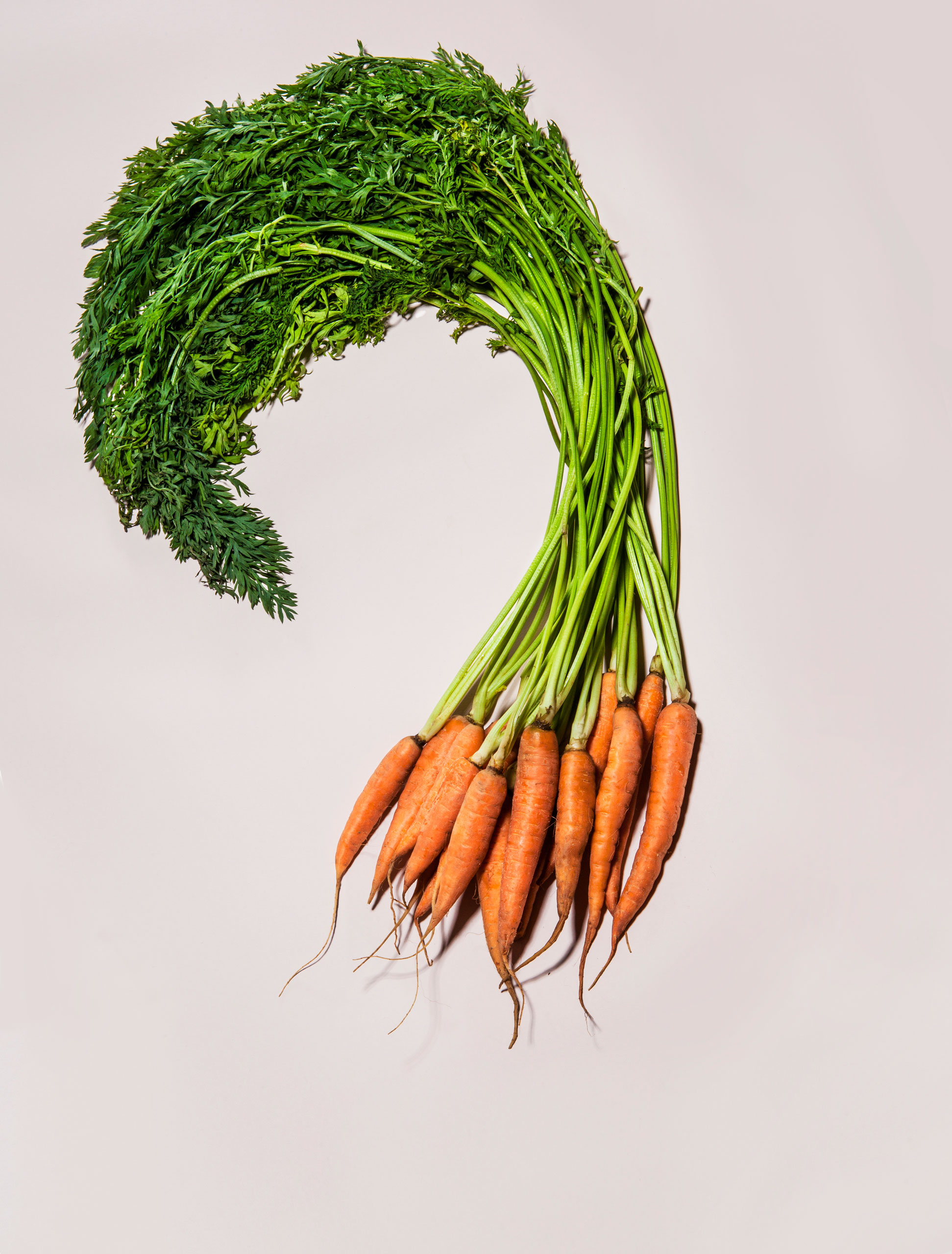
The numbers are staggering: Each year in the U.S., $162 billion worth of food ends up in a landfill. Each U.S. household tosses out 1.2 million calories’ worth of food annually at a cost of nearly $650 per family. All told, about 40% of all food is wasted–the majority of it fruits and vegetables.
Some grocers are trying to chip away at the waste: Walmart and Whole Foods, for instance, have started selling “ugly” fruits and vegetables–perfectly nutritious but odd-looking produce–at a discount.
Dana Gunders, senior scientist at the Natural Resources Defense Council, says there are simple things you can do to save money (and food) at home too. “It doesn’t take a lot of effort or time,” she says, “and it has direct impacts.”
1. PICKLE YOUR PRODUCE
With some vinegar, salt, spices and a jar, you can pickle nearly anything–and extend the life of inexpensive peak-season produce. If you want pickles that last for months outside the fridge, be sure to look online for step-by-step directions to sterilize your jars properly.
2. GIVE SCRAPS A SECOND LIFE
Instead of tossing out cutting-board orphans, get creative with scraps. Turn carrot tops into a pesto, simmer leftover vegetable chunks in a stock (fennel, carrots, onions and even cornstalks work), make croutons out of stale bread, blend browning fruit in a smoothie, cook with old wine.
CARROT-TOP PESTO
2 cups carrot tops
3 tbsp. walnuts or pistachios
½ cup basil
1 garlic clove
2 tsp. salt
¾ cup olive oil
¼ cup Parmesan
Blend ingredients in a food processor (add more salt or oil as needed). Serve over roasted vegetables, pasta or boiled potatoes. Freeze the leftovers for up to six months.
3. EAT YOUR UGLY VEGETABLES
Anyone who’s been to a farmers’ market knows that many vegetables come out of the garden in strange shapes–but that doesn’t mean they’re not plate-worthy. Walmart is expanding its offering of “ugly” produce nationwide. The company sells “Spuglies”–misshapen potatoes–in Texas and weather-damaged and peculiarly-shaped apples at a discount in Florida.
4. SHOP MORE OFTEN
Stock up on the essentials once a week, then make short trips to the grocer throughout the week for fresh produce. That way, when something prevents you from cooking those greens you thought were a good idea on Sunday, you’re not stuck with spoiled food. Gunders also recommends eating perishables like seafood and meat at the start of the week, and other meals like pasta later on.
5. DECODE “BEST BY” DATES
“Best by” and “use by” dates on foods come straight from manufacturers and are an indication of when the company says its product is freshest–not whether or not it is safe to eat. Many foods last far longer than those dates: eggs can stay fresh in the refrigerator for five weeks, apples last 10 times as long when they’re kept cold, and milk and cream are safe two to three days past the use-by date. Expiration dates should be heeded, though.
More Must-Reads from TIME
- Donald Trump Is TIME's 2024 Person of the Year
- Why We Chose Trump as Person of the Year
- Is Intermittent Fasting Good or Bad for You?
- The 100 Must-Read Books of 2024
- The 20 Best Christmas TV Episodes
- Column: If Optimism Feels Ridiculous Now, Try Hope
- The Future of Climate Action Is Trade Policy
- Merle Bombardieri Is Helping People Make the Baby Decision
Contact us at letters@time.com